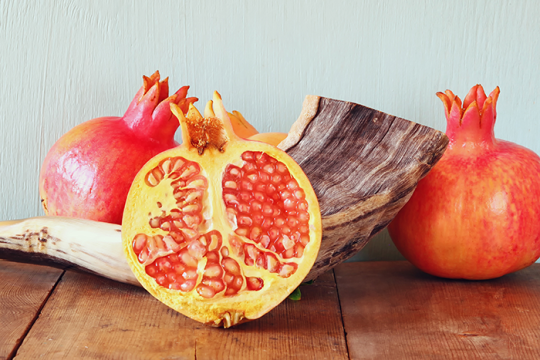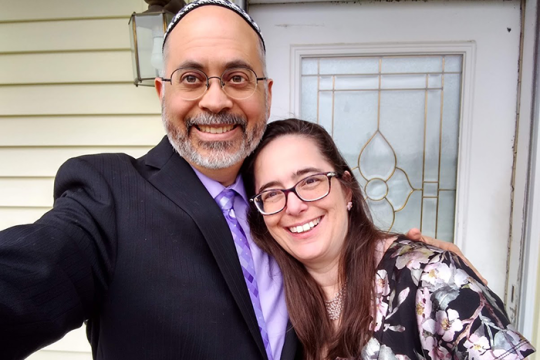My colleague, Rabbi Stephen Fuchs, wrote an essay about the inclusion of an orange on the seder plate. To quote him in order to explain this custom:
In addition to the traditional symbols, many families and communities will include an orange on their seder plates. The most prominent myth behind this custom is that, years ago, a man confronted Professor Susannah Heschel and told her, “The idea of women rabbis makes as much sense as an orange on a seder plate."
Rabbi Fuchs reminds readers that Professor Heschel has actually debunked this "myth," and explains that her real intention was to put the orange on the plate in honor of gay and lesbian Jews who have been marginalized.
All true.
But then Rabbi Fuchs suggests that the time has come to eliminate this symbol. He says:
But I believe our focus at the seder should be on telling our story. Though that story can and should reference other struggles for liberation, our seder plate is full enough without symbols that do not explicitly reference our liberation from bondage.
And this is where I disagree. Yes. The focus at the seder should be on telling "our story."
But how can we tell that one story, that story of long ago, without connecting it directly to as many other stories that we have? How can we make this long-ago-tale of slavery relevant and understandable to each generation, to each individual participant at the table, if we don't remind ourselves of continued oppression in our midst?
I deny the idea that we have "arrived" in terms of gender equality, especially when taken on a worldwide level. I deny the idea that the presence of women on the North American Reform, Conservative, and Reconstructionist is "enough" when held up to other movements, other countries (read: Israel), and other aspects of society.
Telling the story of the brave women who participated in the story of the Exodus is good. It is an important step in restoring equality to our storytelling. But merely to place those women back into the story without acknowledging how long it took to get them there? Merely to place them into the story without pointing out that their presence alone is a milestone for our people? I think this is missing the point of telling the tale of liberation.
Yes, I agree. "Our story" is important. But the seder has retained its relevance for generations exactly because we have taken the once-upon-a-time story and made it our own in every generation. I agree that the orange does not need to merely refer to women on the bimah, and it doesn't even need to refer only to the LGBTQ+ community. But instead, it stands out as a reminder of all people that, at some point in their history, might have felt that they didn't belong. I like that my orange has to jockey for a spot, teetering on the edge of one of the other seder plate spaces. The orange never quite fits... and yes! That is exactly the point.
The orange will remain on my seder plate as a sign that we are always striving to help everyone to feel included, a sign that we are always looking out for those who might not feel that they belong, and a sign that we are full of juicy vitality: always growing, always changing, and always aware, keenly aware, that our history of bondage requires us to tell those stories.
Related Posts

18 Tips for Your Coziest Shabbat Yet

613 Mitzvot, 613 Seeds: A Look at the Pomegranate’s History, Symbolism, and Uses

